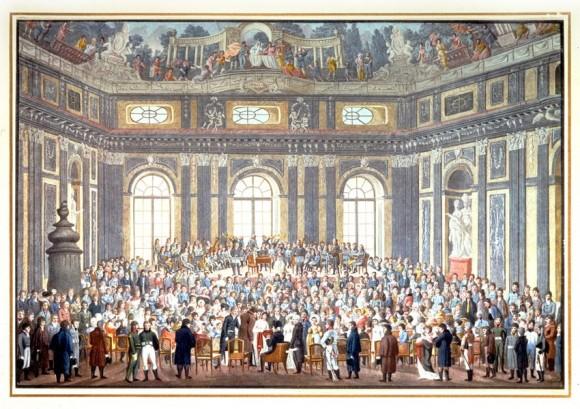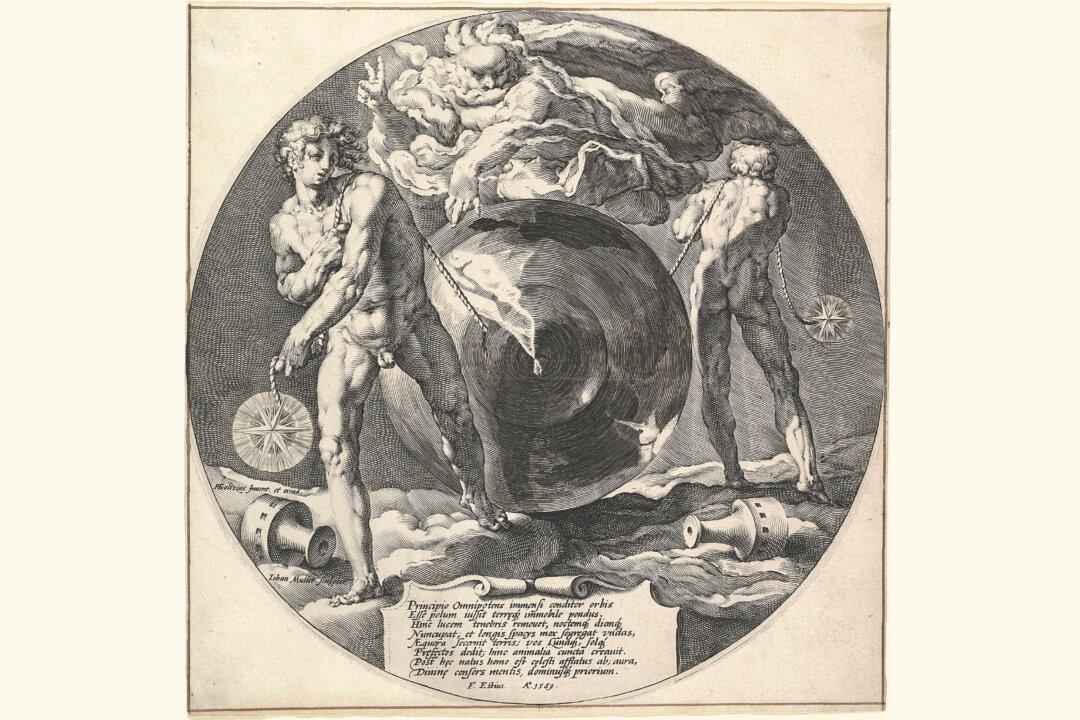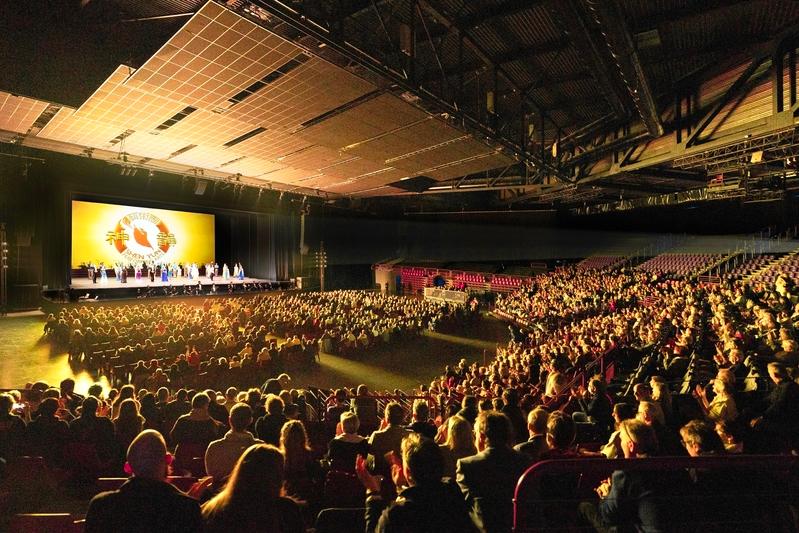For all of Joseph Haydn’s mastery of musical form—he is known as the “father” of the symphony and the string quartet, and credited with establishing the classical style of music—his greatest masterpiece may have been the oratorio “The Creation,” which begins with form-breaking, prescribed chaos.
“The Creation” was tremendously successful during the years of its premiere; it was translated into several languages and performed across Europe during Haydn’s life. And though it has been both derided and praised during different periods of history, today it is one of the most beloved of Haydn’s pieces.
In 1791, inspired by a festival where 1,000-strong ensembles of musicians performed George Frideric Handel’s sacred works, like the “Messiah” and “Israel in Egypt,” Haydn decided he needed to write a sacred oratorio as well—something that would resonate with everyone and be performed for ages.
According to some accounts, his friend François-Hippolyte Barthélémon pointed to a Bible and told Haydn to take that and start from the beginning. Other accounts say that before Haydn left London in 1795, Johann Peter Salomon, the impresario who produced Haydn’s concerts in the city, handed him a libretto titled “The Creation of the World.” It had been intended for Handel a half century before, but the composer had deemed it too long to be set to music.
In any case, Haydn brought the idea back to Baron Gottfried van Swieten, the imperial court librarian in Vienna, who encouraged the project and put together the text in English and German. It draws from the Book of Genesis, John Milton’s “Paradise Lost,” and various psalms to tell the story of God creating the world.
“The Creation” took the prolific composer an unusually long time to write, at least a year and a half. In one letter, responding to requests for him to finish the work, he replied that he could not rush the effort that should be afforded to such a work. He‘d also written about the process: “Never was I so devout as when composing ’The Creation.' Every day, I fell on my knees and asked God to give me strength to enable me to pursue the work to its successful completion.”
The oratorio begins with the “Representation of Chaos” in the first movement, with harmonies and melodies that are not resolved as they would be in the classical style, then moves along to an inevitable climax at the moment when God declares, “Let there be light,” and the orchestra and chorus burst with a great explosion of sound. The shards of imagination floating around in chaos are concentrated by divine order and take form. In a performance Haydn attended a year before his death, when the music built to this point, the audience burst into applause for him. The composer then replied, pointing up to the sky, that it came not from him, but that “everything comes from up there!”







